By the end of 2024, China will have nearly 7,000 shopping malls with an area of over 30,000 square meters, six times more than the US - a country with only one-quarter of its population but a higher GDP per capita.
That figure appears to expose a grim truth: a crisis of oversupply and a collapse in consumer confidence is pushing China's retail industry into its biggest cleanup in decades.
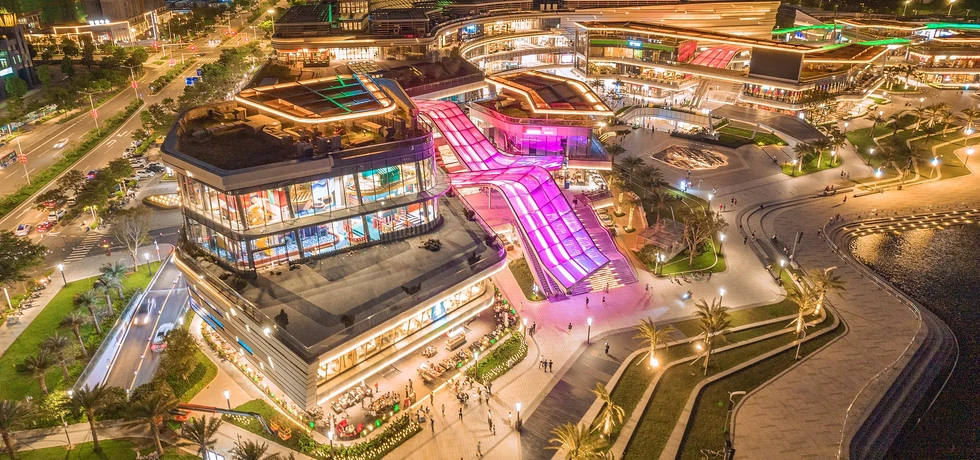
By the end of 2024, China will have nearly 7,000 shopping malls (Photo: VCG).
Wave of closures and rock bottom rents
An earthquake is sweeping across major Chinese cities, leaving behind the ghosts of giant shopping malls.
In Shanghai, legendary names such as Pacific Department Store in Xuhui after 30 years of operation or Meilong Isetan (27 years) had to sadly close down due to prolonged losses. Similar situations are happening in other leading cities.
In Beijing, Parkson in Fuxingmen, an icon for more than three decades, agreed to a multi-million-yuan contract breach to be freed. Even youth-oriented complexes like Yingzhan have collapsed under financial pressure, quietly withdrawing from prime locations and appearing on the bad debt list.
Perhaps the biggest shock was the closure of an Apple store in mainland China for the first time. The store at Dalian’s InTime City mall, which opened in 2015, has been blocked off by lifeless whiteboards, signaling the end of an era.
The downturn is evident not only in closed doors but also in plummeting rents. In Shanghai’s bustling Qipu Road wholesale market, the rent for a space has fallen from 70,000 yuan a month to just 500 yuan, and still no one is asking. Some landlords are so desperate that they are offering rent for free, charging only a basic management fee.
Data from NetEase shows that retail rents fell in 30 of 35 first- and second-tier cities in the first half of this year, with eight cities seeing a drop of more than 10%. Guangzhou recorded a record drop of more than 15%. This is no longer a normal economic cycle, but a sign of deep structural weakness.
Finding the Roots of the Collapse
While e-commerce, with its cheap and convenient home delivery, is often cited as the main culprit, that is just the tip of the iceberg. The crisis has two deeper roots: a collapse in consumer confidence and the legacy of the property boom.
Crisis of confidence and the tightening purse strings of the middle class
The core problem lies in the sharp decline in purchasing power of the urban middle class. Years of deflation in the real estate market have eroded the wealth that households have accumulated. “The core problem is the decline in traffic and purchasing power,” concludes a report by the China Association of Consumer Goods Commerce.
Economic uncertainty has turned discretionary spending into a luxury. Going to the mall is no longer a lifestyle choice, but increasingly seen as an unnecessary expense. As Guo Yunqi, 28, shared: "When I go to a mall, shopping is usually the least important thing. If I really need something, I can buy it online."
The consumer class, which was expected to be the engine of growth, is now in retreat, financially cautious and hesitant about non-essential purchases.
The legacy of the land fever: Excess and inefficiency
The collapse of the mall economy stems from decisions made during the real estate boom years. China’s tax system played a big role. Local governments, which depend on land and sales tax revenues, often require large real estate projects to be accompanied by a shopping mall. This practice has created a huge glut of retail space that is not tied to real market demand.
In 2023 alone, 430 new shopping malls opened in China. This construction frenzy has created a vicious cycle: new malls attract customers from older ones, each new project diminishing the vitality of the previous one. As a result, many shopping malls have become giant food courts, while core businesses such as fashion and lifestyle have gradually disappeared.
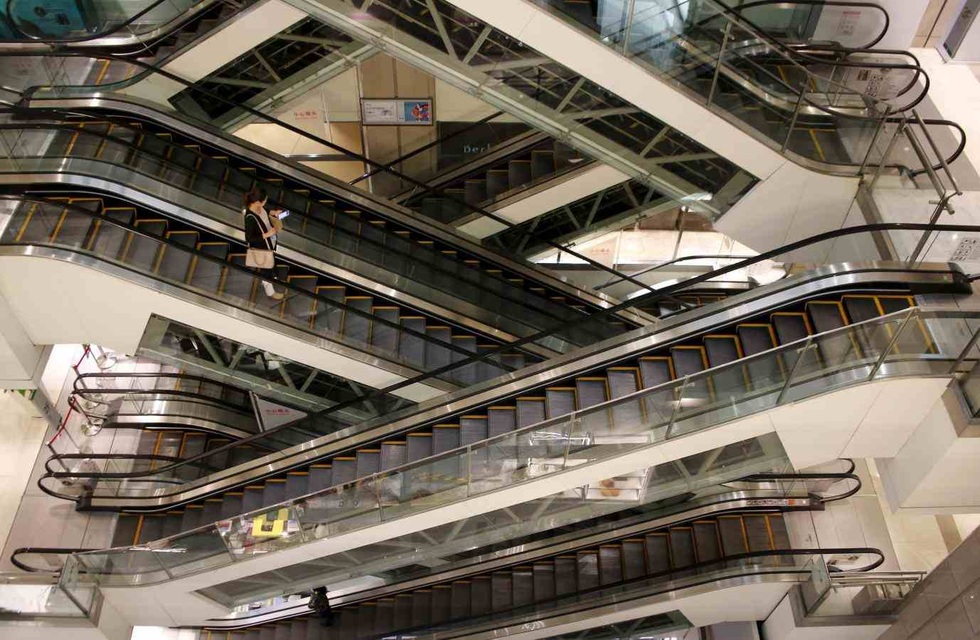
The collapse of shopping malls is structural, stemming from the legacy of the land fever of previous years (Photo: FastBull).
The struggle for survival
Faced with the risk of being eliminated, shopping malls are forced to transform themselves. Instead of just being places to sell goods, they are trying to turn themselves into "community centers" - destinations for communication, entertainment and experiences.
This repositioning process is taking place strongly in big cities. Events and activities are held regularly to retain customers.
The Bailian ZX Center in Shanghai hosted more than 700 anime and pop culture events in 18 months, attracting more than 15 million visitors. In Wuhan, the X118 shopping mall also focused on anime and saw a 32% increase in sales.
Raffles Shopping Centre in Shanghai recreates 90s alleyways, with old magnolia ladies, antique televisions and ping pong tables to create an emotional connection. In Shenzhen, Vankeli recreates the old Guangzhou look with neon signs and old train station models, turning shopping into a memory journey.
Malls now incorporate more public services. Some in Beijing have badminton courts, pet parks, even marriage registration offices and low-cost canteens. “Instead of chasing luxury brands, many malls are now aiming for convenience and community,” says Ge Hong, a commercial planner. “This is a strategy that comes from real needs.”
The ground floors that used to house luxury fashion boutiques have now been replaced by jewelry stores, car showrooms, and home appliances to maintain stable revenue.
An interesting paradox is that while many modern shopping malls struggle, some old ones are surprisingly appealing to young people with their classic charm. Old furniture, handwritten receipts, and chatty elderly sales staff have become a unique charm.
Guo Yunqi recounted her experience at an old shopping mall in Beijing: “Everything was cheap, the service was very warm.” The pencil-based payment process on the antique cash register amused her and she stayed for hours.
The New Promised Land: Small Cities Rise to Power
While major cities are struggling with overcapacity, smaller cities have become the promised land for shopping mall developers. Here, the model is still a new concept, a cultural landmark and a place to provide a variety of brands and entertainment that locals lack.
“There are a lot of these centers in Beijing,” said Liu Ya, a teacher who returned to her hometown of Wuhu, Anhui. “But in my hometown, it’s very new. Everyone goes there, especially on holidays.”
Cheaper rents and less fierce competition are also attractive factors. According to statistics, of the nearly 400 shopping malls opening in 2023, 40% will be in third-tier cities or lower, nearly three times as many as in first-tier cities.
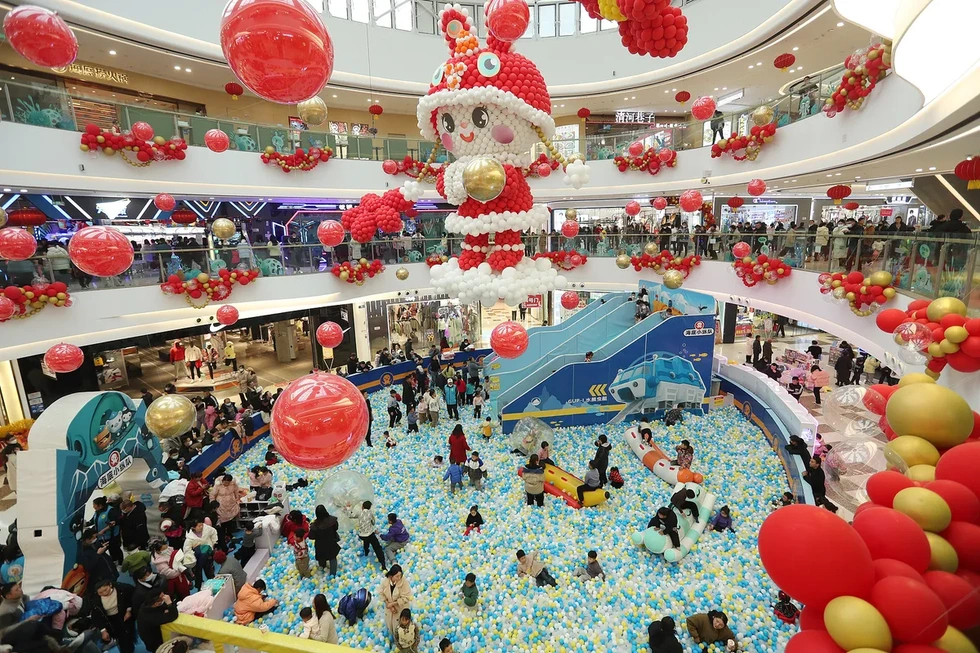
With limited entertainment options, shopping malls in small towns are often crowded during the holidays (Photo: VCG).
Experts warn that the current wave of closures may be just the beginning. This deep and painful restructuring is the price to pay for years of unbridled expansion, short-term profit-seeking and property speculation.
The need for a common space to gather, eat, and entertain will never go away. However, the traditional shopping mall model, which focuses solely on sales, is certainly outdated. To survive, they cannot be just flashy shells.
As business consultant Zhang Yin observes, the next step is not about aesthetics, but about content. “A shopping mall is not just a beautiful setting for a lifestyle, but also about real-life content, where people can drink tea, join a book club, chat with strangers. That is life.”
The future of Chinese retail will belong to spaces that can truly become community centers.
Source: https://dantri.com.vn/kinh-doanh/bong-ma-trung-tam-thuong-mai-o-trung-quoc-va-chi-bao-bong-bong-ban-le-20251029224032918.htm









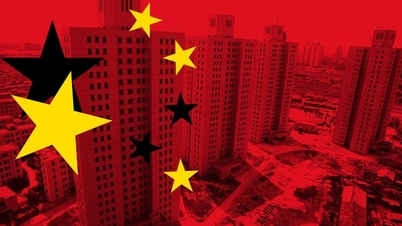


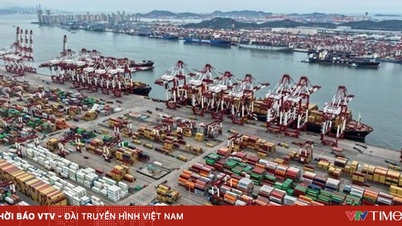





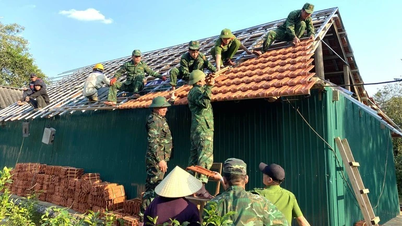











































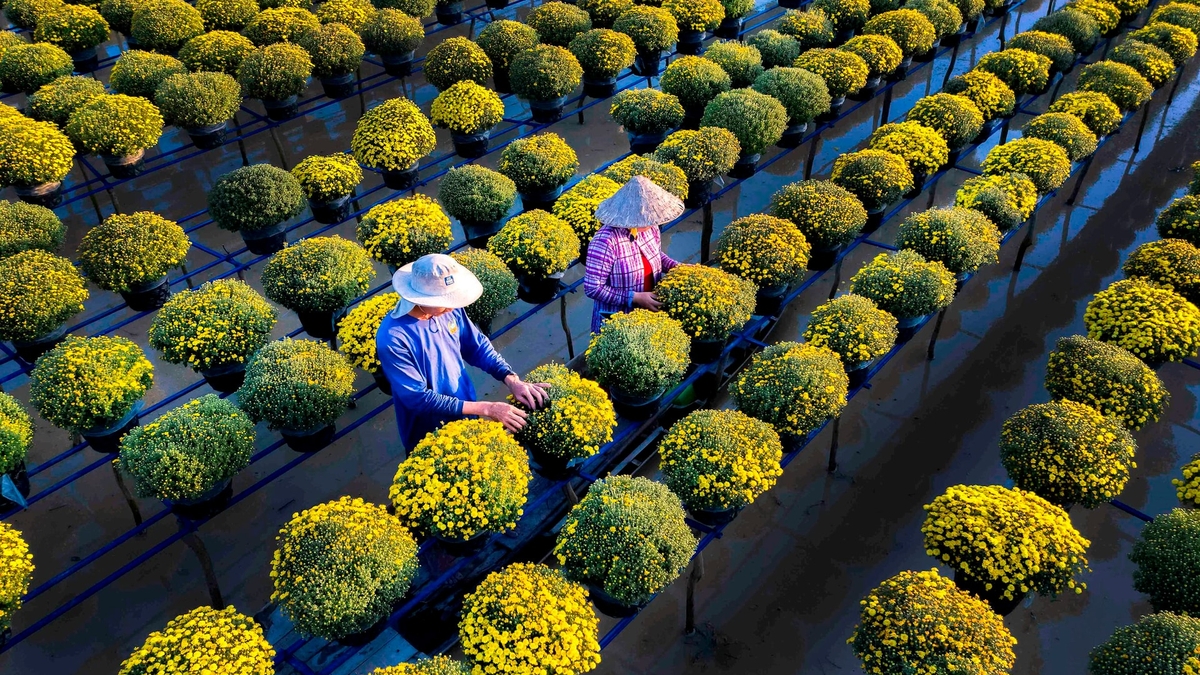








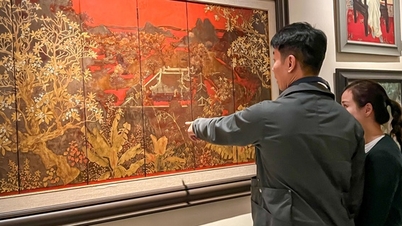
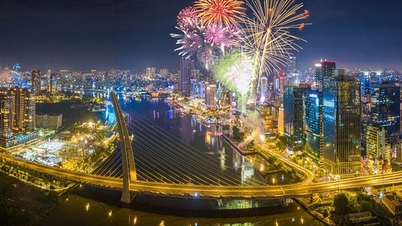
































Comment (0)